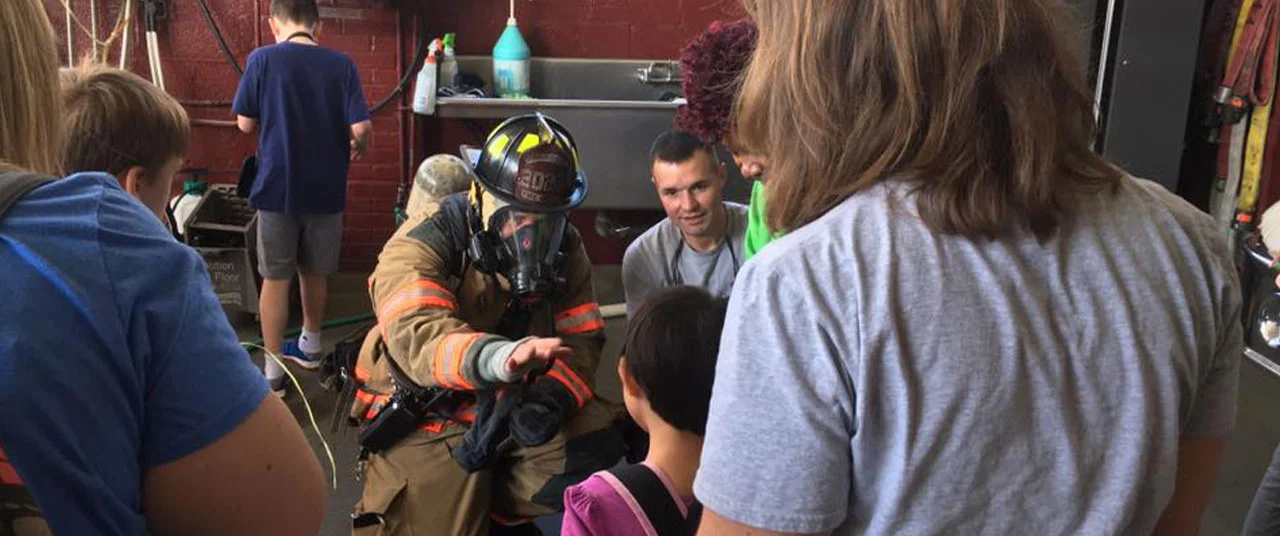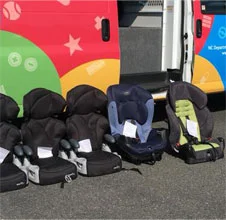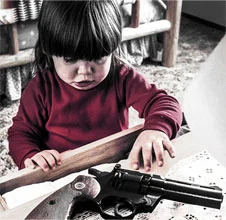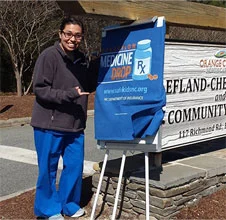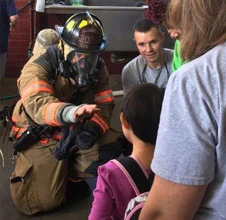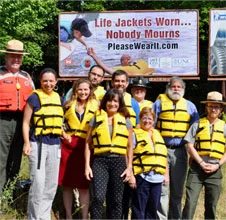Sleep Safety
Home fires can start and spread quickly, which is why we all need to be careful and educated when it comes to fire safety. Just a little bit of planning can make a big difference for your family.
The Hard Facts
In 2013, 334 children died in home fires. Eighty-seven percent of all fire-related deaths are due to home fires, which spread rapidly and can leave families as little as two minutes to escape once an alarm sounds. Fires are not just a problem in the United States. In 2008, nearly 61,000 children around the world died due to a fire or burn.
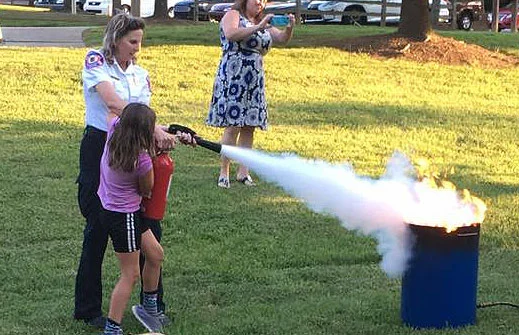
Top Tips
1
Install working smoke alarms
Working smoke alarms reduce the chances of dying in a fire by nearly 50 percent. They are a critical first step for staying safe, but in order to be effective, they have to be working properly. For the best protection, install smoke alarms on every level of your home and in every sleeping area.
2
Don’t play with matches
Teach kids never to play with matches and lighters. Make a habit of placing these items up and away from young children.
3
Home Fire Escape Plan
Create and practice a home fire escape plan with two ways out of every room in case of a fire. Get a stopwatch and time how fast your family can escape. The kids will love it. Here’s a handy worksheet to help get you started.
4
Children’s Response to Alarms
Children should know how to respond to the sound of a smoke alarm. Teach them to get low and get out when they hear it. A child who is coached properly ahead of time will have a better chance to be safe.
5
On Kitchen Safety
Use common sense in the kitchen. Limit distractions when cooking and don’t leave a hot oven or stovetop unattended.
6
Blow Out Candles
Working smoke alarms reduce the chances of dying in a fire by nearly 50 percent. They are a critical first step for staying safe, but in order to be effective, they have to be working properly. For the best protection, install smoke alarms on every level of your home and in every sleeping area.
Learning & Resources
Fire safety is complex issue. Here’s more information on how to handle carbon monoxide, prepare for any burns and scalds that result from cooking in the kitchen, find out what to do with fireworks and general fire safety tips.
Burn and Scald Prevention Tips PDF [DOWNLOAD]
How Safe Is Your Home [DOWNLOAD]
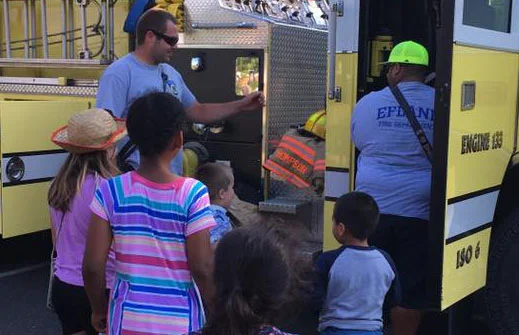
Other Categories
For More information, please don’t hesitate to inquire:
101 Manning Dr., Chapel Hill, North Carolinatarheeltrauma@unchealth.unc.edu

